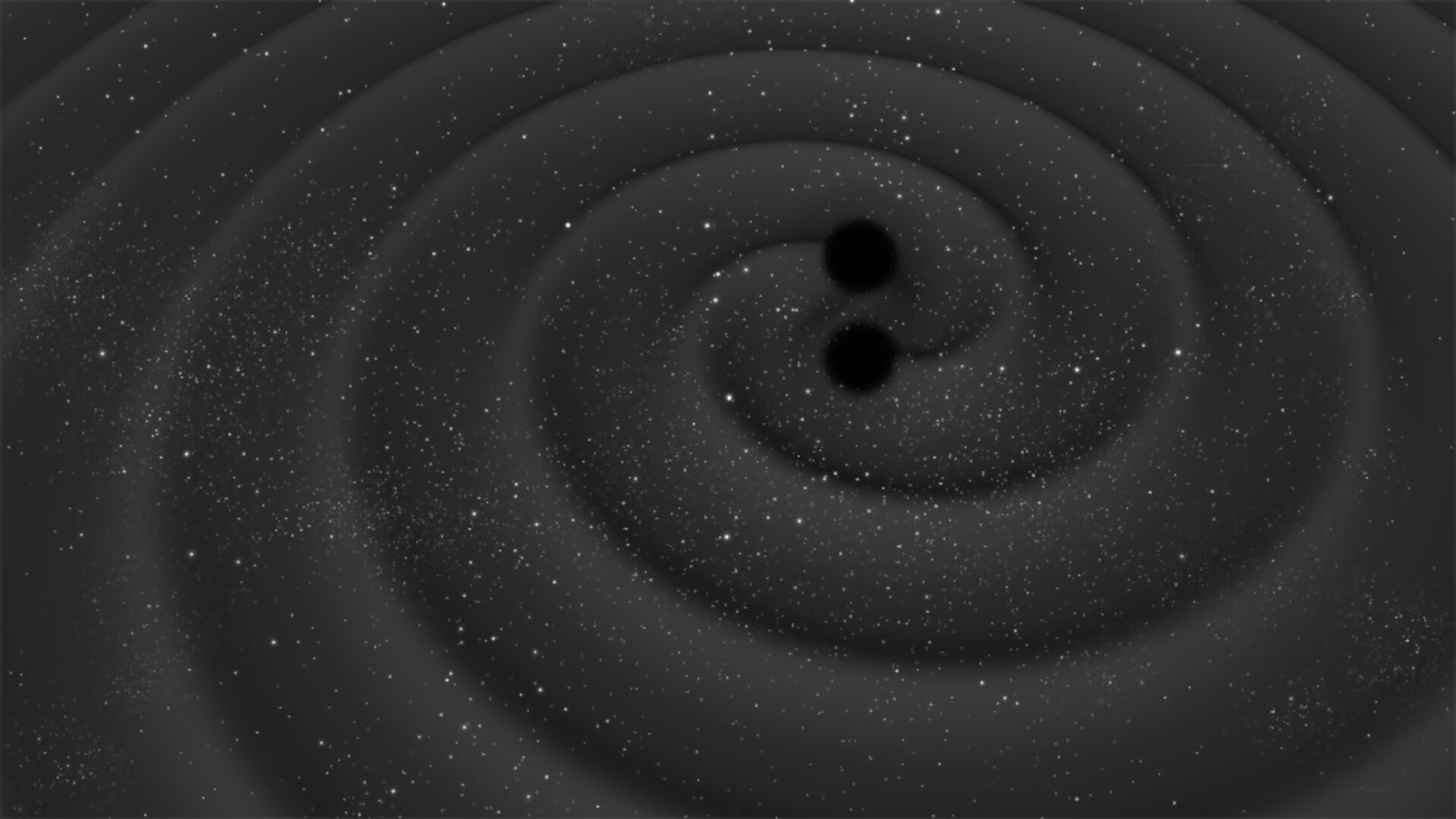If one were to mention the name, “Mr. Eclipse,” most amateur and professional astronomers would immediately recognize it as the nom de plume for Fred Espenak, a retired emeritus American astrophysicist who worked at the Goddard Space Flight Center. But he is far better known for his work on eclipse predictions.
The first total solar eclipse Espenak saw was in March 1970, which sparked his interest in eclipses at the age of 16. Eight years later, he began providing eclipse bulletins for NASA, and today he is the author of many highly-regarded canonical works on eclipse predictions. Many eclipse chasers who desire information on past and especially future eclipses, go to EclipseWise.com where Dr. Espenak has developed a website dedicated to comprehensive predictions and information on eclipses of the sun and moon.
To be sure, he has earned the title of “Mr. Eclipse.” But in the late 19th century, there was a man who, during his time, could have also been branded as “Mr. Eclipse.” His name was Theodor Ritter von Oppolzer.
Related: When is the next solar eclipse?
From medicine to astronomy
Born in Prague, Czechoslovakia on Oct. 26, 1841, Oppolzer’s father, Johann, was a highly-regarded surgeon and his mother, Maria, was the daughter of a chemist. In 1850 the family moved to Vienna, and it was there that young Theodor attended school, and it was soon realized that he had an exceptional talent for numbers and mathematics. While his father encouraged him to follow in his footsteps to study medicine, Theodor’s primary interest was in the physical sciences, most notably astronomy.
Although he received a Ph.D. in medicine at the age of 23, the name of “Oppolzer” was becoming much better known in astronomy thanks to his publishing of technical papers concerning the orbits of various asteroids and comets. He was only 21 when he published his first paper concerning the orbit of Comet Thatcher, a bright comet that appeared in 1861 that we know today is responsible for the meteoroids that produce the annual April Lyrid meteor shower.
By 1866, he began teaching theoretical astronomy and geodesics at the University of Vienna.

But not only did he prove that he was a highly proficient calculator – he reputedly memorized the values of 14,000 logarithms – Oppolzer also made astronomical observations directly from his own private observatory in Vienna-Josephstadt. Equipped with a revolving dome, a 7-inch refracting telescope, a wide-field comet seeker, and a meridian circle, Oppolzer was literally a “one-man show,” being able to not only observe asteroids and comets, but then derive orbits for them as well.
In fact, in 1870, he published a paper which brought him international fame: Creating a new method for computing an orbit from only three or four observed positions; the speed in which Oppolzer’s methodology provided a solution, supplanted a more tedious procedure derived by the now-legendary German mathematician Carl Friedrich Gauss.
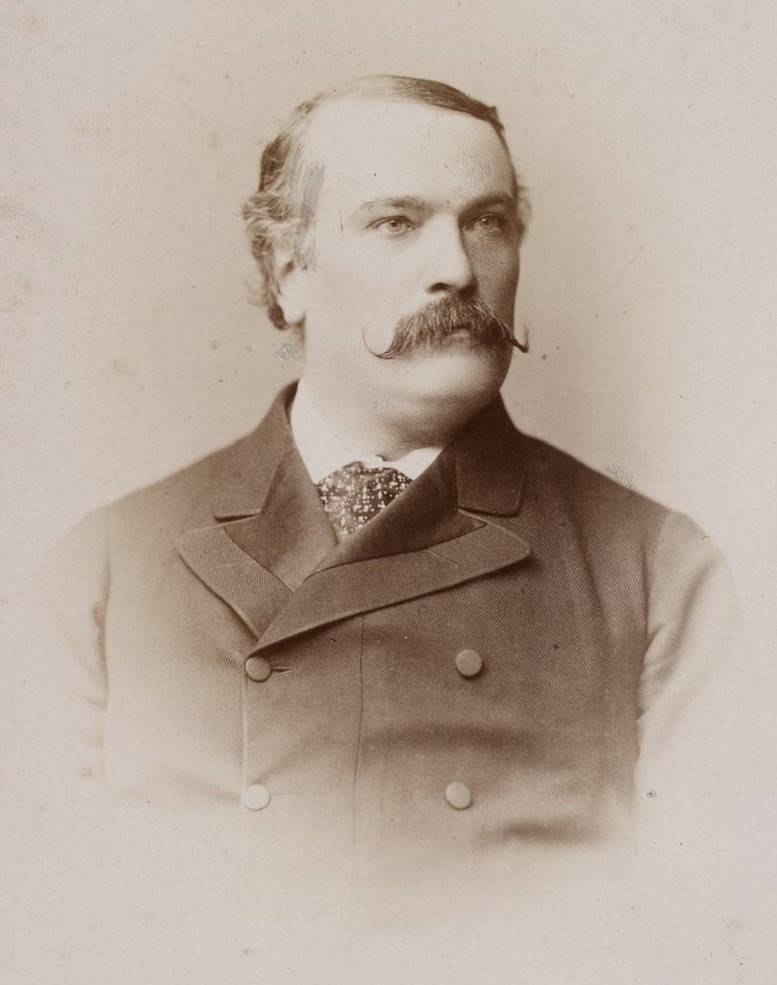
An eclipse atlas takes shape
In 1868, Oppolzer participated in an expedition to Aden on the Arabian Sea to observe a solar eclipse. This celestial event fascinated him and soon he began studying eclipses that took place during ancient history. But it turned out to be a frustrating task, because at that time, there were hardly any reference guides that could be consulted regarding eclipses from previous centuries.
That’s when Oppolzer made a monumental decision: If there were no eclipse catalogs available, then he would compile one for himself. But he decided that his catalog would do more than simply provide a listing of the dates of eclipses. Rather, he intended to provide precise computations that would allow one to derive the circumstances of a specific eclipse as seen from any one spot on Earth. And Oppolzer also intended his catalog to cover eclipses that had not only occurred in the far-distant past, but also to provide a look ahead to eclipses that were to occur many decades into the future.
To any astronomer of the 19th century, such a task would have seemed all but impossible, but Oppolzer was determined to make it happen.
For his initial calculations, Oppolzer relied heavily on the writings of Peter Andreas Hansen who was a Danish-born German astronomer, whose most important work concerned the improvement of the theories and tables of the orbits of the principal bodies in the solar system. Hansen’s book concerning the motion of the moon: “New Foundations of the Investigation of the True Orbit That the Moon Traverses” was published in 1838.
The systematic character of Hansen’s methods carried celestial mechanics to a new level of power and precision. The tables based on his theory were printed in Great Britain in 1857 and were used until 1923 Hansen’s data served as the foundation for Oppolzer’s eclipse calculations, and allowed him to develop his own set of tables in 1881, which provided accurate dates and times for both new and full moons for the distant past and far into the future.
Now the stage was set for doing the actual eclipse calculations.
A tedious task
One man alone could not do all the computations, so initially Oppolzer was able to get five volunteers to assist him. They worked in two groups on the same calculations so that the final solutions obtained could be compared and fact-checked for accuracy. After a while, however, the initial enthusiasm of these volunteers waned as the work became ponderous, wearisome and just plain mind-numbing. Ultimately, all five dropped out of the project.
So, in 1882, Oppolzer hired five more men to do the calculations, but this time they were paid to do the job at the rate of one guilder per solar eclipse – the cost of an average lunch. That apparently did the trick, for on Oct. 22, 1885, the manuscript for “Canon der Finsternisse” (“Canon of Eclipses”) was finally completed and forwarded to the Imperial Academy of Science in Vienna. The calculations of 8,000 solar eclipses were augmented by calculations of 5,200 lunar eclipses, covering more than 33 centuries: from 1208 B.C. through A.D. 2161.
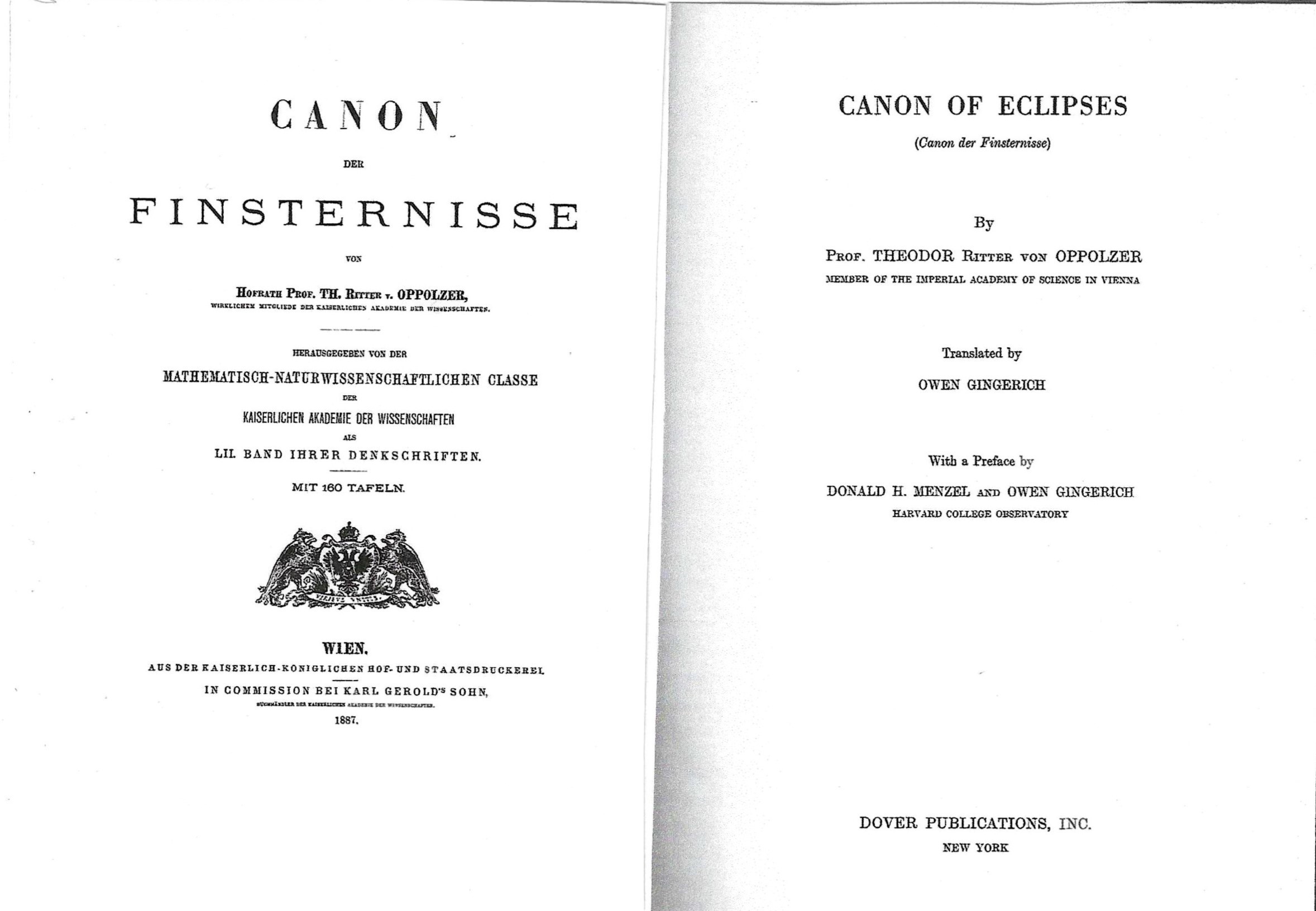
Remember that in the late 19th century, electronic computers were far in the distant future; Oppolzer’s Canon was compiled entirely by pencil-and-paper calculation! The handwritten sheets of logarithmic number crunching on which the final work was based, contained over 10 million figures and filled 242 thick folio volumes. In an article that appeared in the Dutch magazine Zenit in November 1987, Wilhelm H.C. Carton declared that:
“The Canon was one of the greatest computational feats of the pre-electronic age and the work of a person extraordinary for any time.”
The Canon of Eclipses may have also contributed to Oppolzer’s ultimate demise. Every day for many long hours, he meticulously examined the proof sheets of his work before it was finally ready for publication. Shortly after examining the final proof sheet, he fell victim to heart disease and died the day after Christmas in 1886 at the age of 45. His “magnum opus” was finally published a few months later in the spring of 1887.
The definitive masterpiece on eclipses
Thereafter, for almost 80 years, Oppolzer’s “Canon” was considered to be the authoritative work on solar and lunar eclipses. In 1962, Dover Publications in New York reprinted the “Canon” which was translated into English by American astronomer Owen Gingerich and included a preface by Gingerich and solar eclipse expert Donald H. Menzel. The Dover reprint cost only 10 dollars, enjoyed wide distribution and sold-out quickly.
Now, long out of print, copies may be located at book stores that sell hard-to-find books. In 1998, my mother was able to procure a copy in very good condition from a book seller in Oregon for a Christmas gift for me. It remains a prized possession.
So far being a valuable tool for historians, the “Canon” revealed the solar eclipse of June 15, 763 B.C. as the one described in the Christian Bible (Amos 8:9) at Nineveh, and another, allegedly predicted by the Greek philosopher Thales of Miletus on May 28, 585 B.C. So far as lunar eclipses are concerned, the book helped to identify Aug. 27, 412 B.C. as the one that Athenian historian and general Thucydides wrote in a detailed account. And the circumstances for the partial eclipse of March 13, 4 B.C. is often used as a benchmark to date the death of Herod the Great when Biblical scholars research the date of Christ’s birth and a possible appearance for the Star of Bethlehem.
Oppolzer would have been proud.
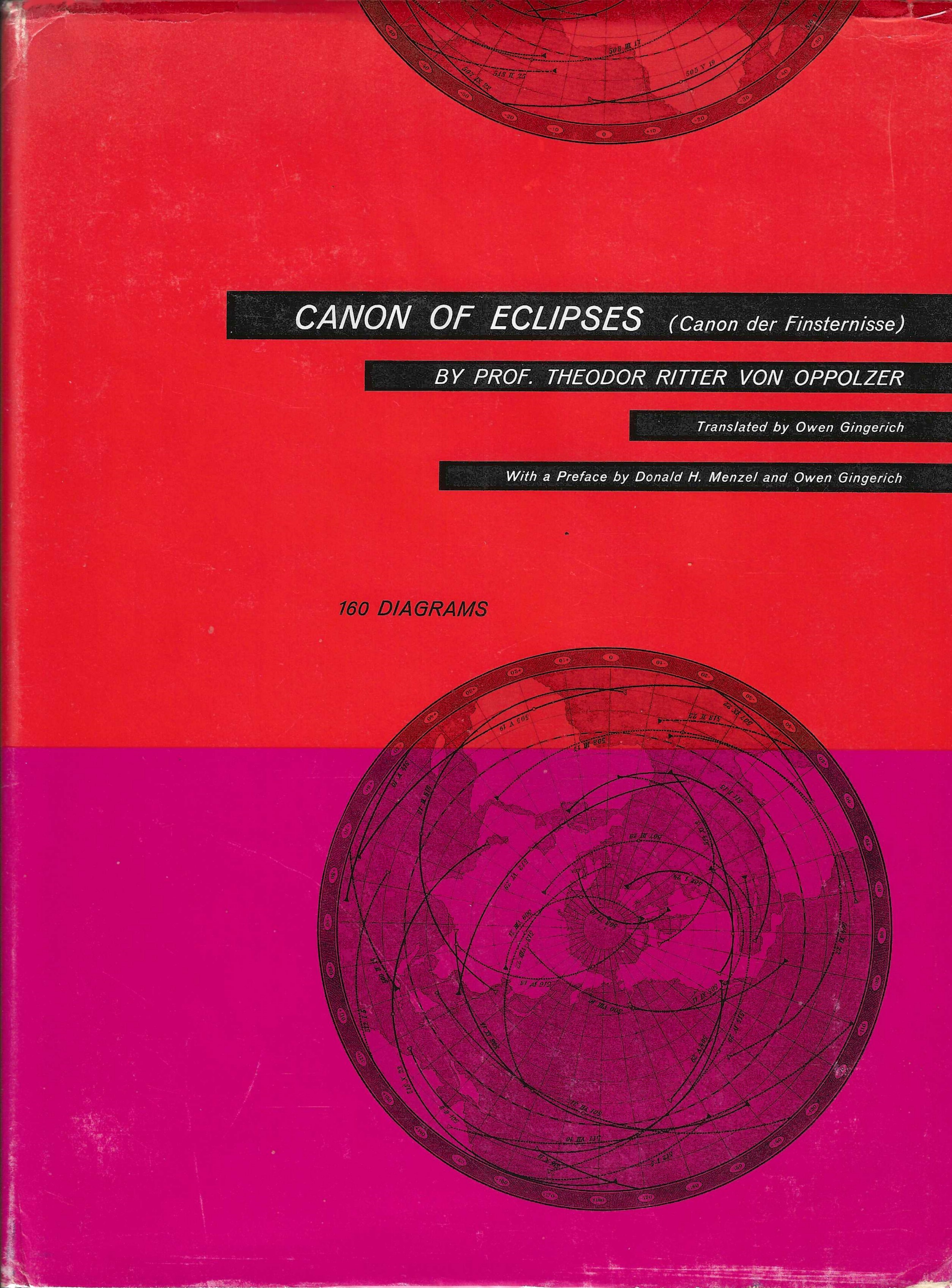
Unwarranted criticism
Today, however, many criticize Oppolzer’s “Canon” primarily because of the inaccuracy of the solar eclipse tracks that were plotted in the back of his book on 160 dish-shaped maps, all centered on the North Pole and bounded by latitude 30° south. Three, and occasionally four, precisely computed points were plotted with a circular arc drawn through the points, providing a good but not exact approximation of the true path.
As a result, notable discrepancies often result.
For example: For many years – up until about the mid 1960s, when more accurate reference sources became available – it was assumed that New York City would witness a total eclipse of the sun on April 8, 2024. That assumption was based solely on Oppolzer’s “Canon,” which depicted the path of that recent total solar eclipse passing directly over that metropolitan area. Many 20th century astronomy books, as well as articles in newspapers and magazines during that era stressed this point. But the truth of the matter was that on eclipse day the path of totality passed about 200 miles (320 km) to the City’s northwest, with New Yorkers having to settle instead for a large (91%) partial eclipse.
Many other eclipse paths in the “Canon” were found to be “off” by up to a few hundred miles. So, was Oppolzer and his team to blame for such discrepancies?
The answer is most definitely no.
Oppolzer himself wrote that: “These charts have only one purpose, to show at a glance the eclipse path and especially where the computed points lie. It is clear that the circular arcs are approximations; however, it must never be forgotten that there can often be a considerable deviation for places lying far from the principal points.”
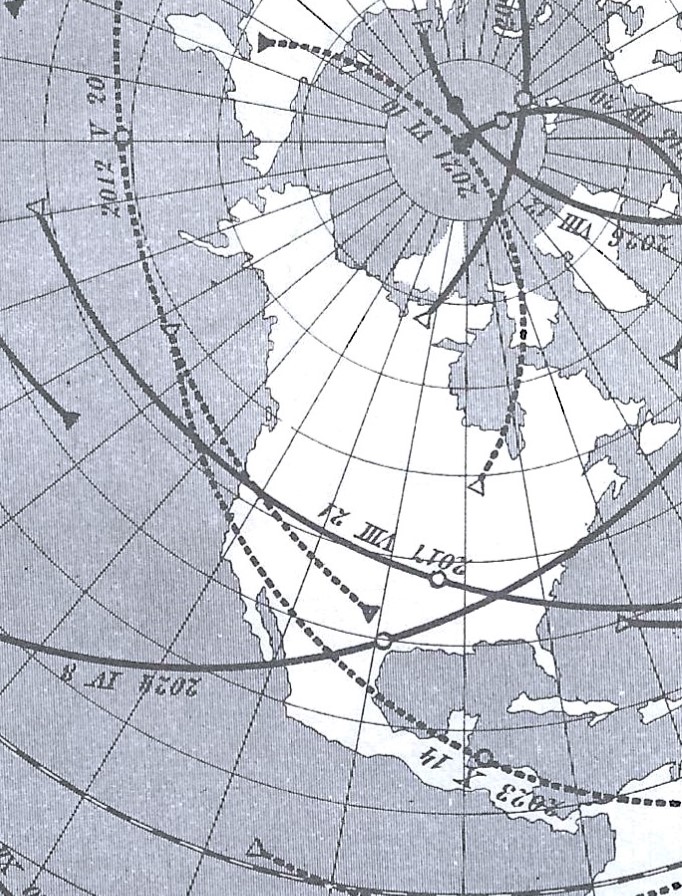
Indeed, to make reliable predictions, Oppolzer advocated using the book’s numerical tables (which contained trigonometric and geometric quantities; the so-called eclipse elements) instead. Unfortunately, this was something that very few people did. Rather, most took the easy way out, taking the book’s eclipse maps at face-value, and arbitrarily assuming that the tracks drawn were accurate as opposed to being only approximate.
Ironically, if one only invested the time and effort to calculate a specific eclipse path using the book’s numerical tables, they would find that they would closely agree with today’s modern predictions to within about 20 kilometers (12.4 miles). Not bad for a man and his team of 10 collaborators, who made their calculations without the help of high-speed electronic computers and relied solely on their superior knowledge of mathematics and pencil-on-paper calculations!
Joe Rao serves as an instructor and guest lecturer at New York’s Hayden Planetarium. He writes about astronomy for Natural History magazine, the Farmers’ Almanac and other publications.

